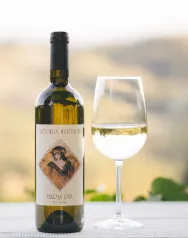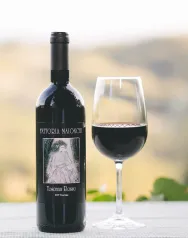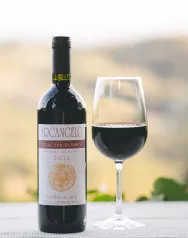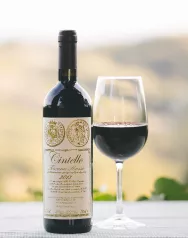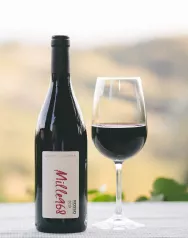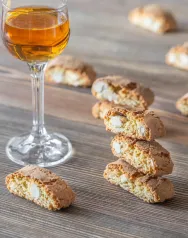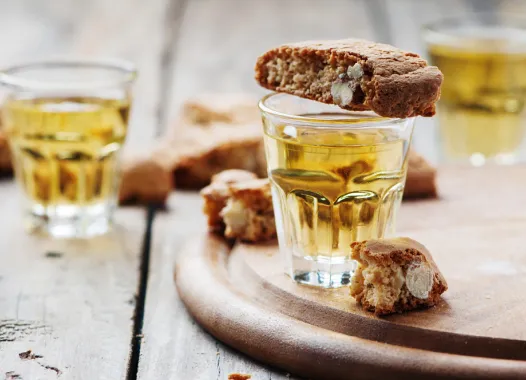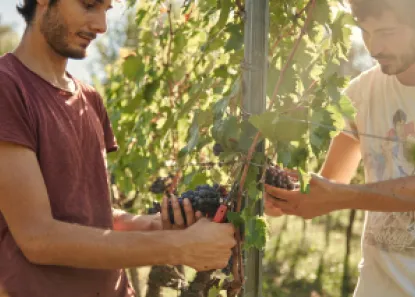Wines
Farmhouse Maionchi’s Products
We produce our wines from the Tuscan and Lucchese vines of our estate. We still use the ancient wine cellar which has been used since the 17th century for the vinification of grapes for the personal use and consumption of the owners. The result? One white and five reds suitable for different accompaniments and occasions.

